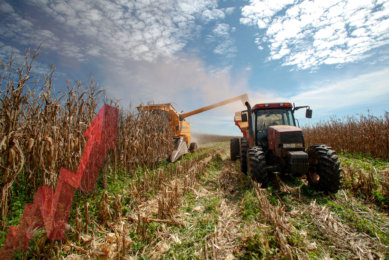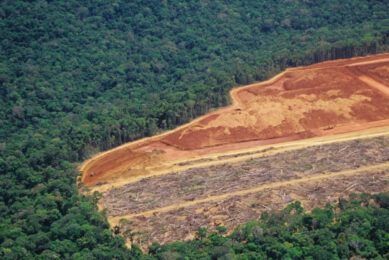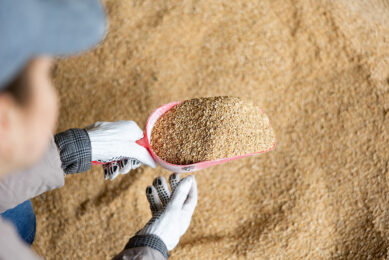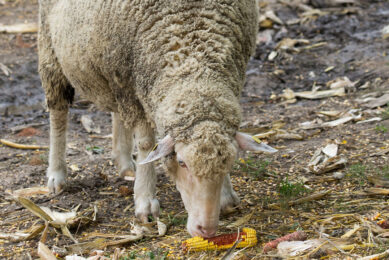German farmer increases milk yield by 1,000 litres per cow
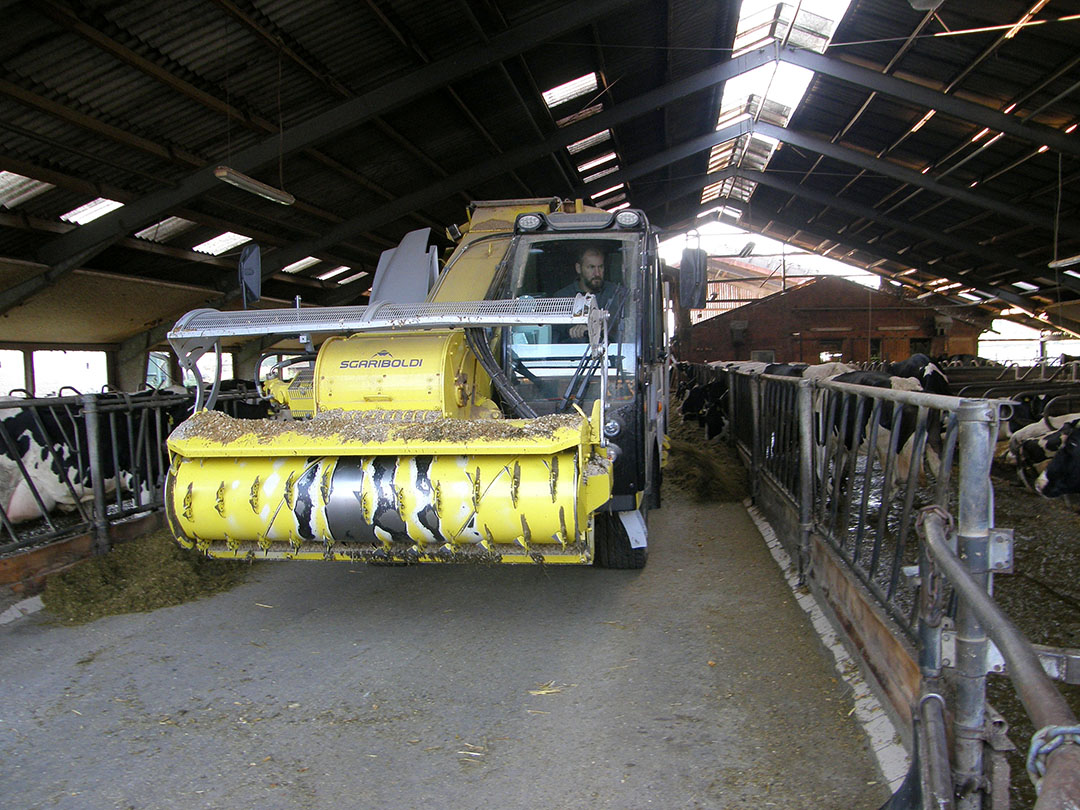
Making a number of significant management changes within his herd has resulted in a German dairy farmer successfully increasing the average yield per cow by 1,000 litres in just under 1 year.
4 years ago Carsten Steinhagen (35) took over the running of the family farm from his father and has steadily been implementing his own ideas into the management of the herd with super results. His quick thinking helped stocks of forage crops last a bit longer during the summer months of June and July in 2018 and again this year when drought conditions hit Germany.
Drought
Several regions across Europe experienced record high temperatures of over 40˚C resulting in prolonged drought conditions which were a nightmare for farmers.
The droughts caused massive yield reductions in forage and arable crops destined for essential winter supplies. The harsh heat also increased the dry matter of the feed that farmers used daily for herds that are kept indoors all the time.
With that increase in dry matter the quality of the feed decreased and became somewhat difficult for the cattle to digest resulting in some herd yields dropping. However, Carsten hatched a plan to remedy this problem on his farm and is very pleased with the results achieved by actually increasing the herd’s average yield rather than watch it fall.
Steinhagen milks 230 Holstein cows on the family farm located at Zur Mohle just west of Kassel. The farm dates back to the 1400s and generates its own electricity via a large hydro energy station converted from an old mill.
Our current yield of up to 11,000 litres per cow is quite good but has increased over the past year following a few changes I made to the diet and housing arrangements,” – Carsten Steinhagen.
The station produces around 500kw per hour and a further 800kw is produced from a number of solar panels fitted to the roofs of some of the cow sheds.
Carsten farms 150 hectares which is broke down into growing 55ha of maize, 15ha of sugar beet and the remainder in grass.
This also includes 30 hectares which are rented from another farmer to produce extra maize, a crop which this year, due to the drought, yielded an average 13 tonnes of dry matter per hectare on Carsten’s farm, but has been as high as 17 tonnes per hectare in the past.

Milk yield
The cows are kept indoors all year round and are currently yielding 10,500 to 11,000 litres per cow per year, an impressive figure and one that increased by an average 1,000 litres in just under a year thanks to Carsten’s new management practices.
Carsten says: “Our milk is averaging 4% butterfat and 3.5% protein with a somatic cell count of 160,000. We produce the milk in a special GM free programme and receive a higher price for this milk of €0.33 per litre from our buyer Schwalbchan.
“Our current yield of up to 11,000 litres per cow is quite good but has increased over the past year following a few changes I made to the diet and housing arrangements,” he said.
Very little grass
Last year the long spell of drought affected farms all across Europe and Carsten’s farm was no exception as the hot spell reduced crop yields dramatically resulting in a feed shortage.
“The drought really hit us bad this year,” said Carsten. “We harvested very little grass and were forced to quickly re-evaluate the cow’s diet. The new diet consisted of maize, straw, rapeseed, some grass and corn maize which we fed at a rate of 4 kilos of dry matter per cow per day.

“As the mix was very dry we decided to actually start adding water to increase the moisture content taking it down from 45% dry matter to around 36%. We have carried on using that same diet and still add water to the mix,” he added.
By making this subtle change and cutting the forage short Carsten found the cows ate more of the feed after it was dispensed down the feed passage.
“The grass and other silages are all cut very short at 15 millimetres in length. We find the cows clean up the new mix from the feed passage much better with shorter grass and with the higher moisture content,” he said.

This new diet has undoubtedly helped increase the average yield but there have also been a number of other significant changes that have contributed to the milk boost as well.
Carsten milks the cows twice a day at 4am and again at 4pm in his 10 aside 20 point milking parlour with the help of 2 additional staff employed on the farm.
All bull calves are sold at 14 days old for around €30 each and the heifers go to an outside farm at 6 weeks old where they are contract reared until calving time.
Carsten operates a herd replacement rate of 27% per year and decided to give fresh calving cows a bit of luxury in order to reduce stress.

“I decided to allocate all fresh calving cows to a straw bedded pen where they each have a single feeding space at the feeding passage,” said Carsten. “I keep the cows in that pen for 70 days and have found this has not only reduced their stress but has also helped the yield increase.
“The straw in the loose pens is changed once per week to ensure the fresh calvers have a nice clean bed to lie on.
“We also built a new barn on the side of the original cow barn to increase the cow comfort there with more lying and feeding space for the animals in cubicles.
“I’m an economist by trade and really enjoy digging deep into the figures involved in dairy farming to see which type of systems or decisions work, and which that do not.
“My cost of production is somewhere in the region of €0.30 per litre including feed and labour. The extra 1,000 litres added to the average yield has really boosted my herd’s performance indeed and helped the profit margins,” he added.




